Statoil and its partners have made the investment decision for a joint oil export solution for the Edvard Grieg and Ivar Aasen fields.
The oil will be transported via a 43-kilometer oil pipeline from Edvard Grieg to the Grane oil pipeline, and then on to Sture.
The transport solution is a precondition for developing the Edvard Grieg (operated by Lundin) and Ivar Aasen (operated by Det norske oljeselskap) fields. Edvard Grieg is scheduled to start producing in 2015 and Ivar Aasen in 2016. The new pipeline will be called the Edvard Grieg oil pipeline.
Statoil is a partner in both fields and operator for the joint venture for oil transport.
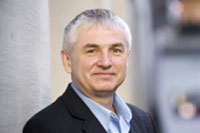 Tor Martin Anfinnsen, senior vice president for trade with crude oil, wet gas and refined products in Statoil.
Tor Martin Anfinnsen, senior vice president for trade with crude oil, wet gas and refined products in Statoil.
The investment decision was made by Statoil and the partners, based on a recommended solution from Gassco. A plan for installation and operation (PIO) has been submitted to the Norwegian Ministry of Petroleum and Energy.
“We are an important player in the Sleipner and Utsira area, and are therefore concerned with robust solutions that provide the possibility of expanded activities in the area in the future,” says Tor Martin Anfinnsen, senior vice president for trade with crude oil, wet gas and refined products in Statoil.
Statoil’s extensive project experience from similar projects and market position within procurements and pipeline installation constitute the framework for implementation of the project.
Torger Rød, senior vice president for pipelines and onshore projects in Statoil. 
“Good cooperation and close coordination with other projects in Statoil, as well as close follow-up of the primary suppliers are important success criteria, where, among other things, we have achieved synergies as regards the pipeline installation job,” says Torger Rød, senior vice president for pipelines and onshore projects in Statoil.
The Utsira High is located between the two established fields Sleipner and Grane, in an established area with well-developed infrastructure. This forms the basis for new, robust and flexible export solutions on the Utsira High.
Milestones
* The PIO is expected to be approved this autumn.
* Pipeline production will be completed in 2013.
* Pipeline coating will be completed in 2014.
* Installation of new Y connection point in the Grane oil pipeline will be carried out in connection with the planned shutdown of Grane in the spring of 2014.
* Pipeline installation in the summer of 2014 and tie-in operations in 2015, so it will be ready for the start of production in the autumn of 2015.
Facts about Edvard Grieg oil pipeline
Length and size: 43-km, 28-inch pipeline from Edvard Grieg (which also processes the wellstream from Ivar Aasen). This will be tied in to the Grane pipeline, which runs to the Sture terminal.
Partners: Lundin Norway (30%), Statoil (operator; 20%), Wintershall Norge AS (18%), Det norske oljeselskap ASA (14%), OMV Norge AS (12%) and Bayerngas Norge AS (6%).
Lifespan: Designed for 30 years
Investments: NOK 2.1 billion (running)
.
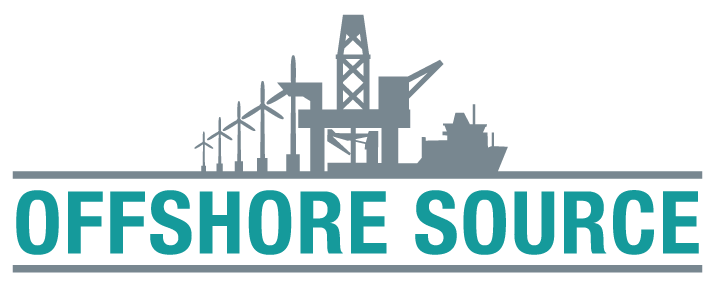
 Tor Martin Anfinnsen, senior vice president for trade with crude oil, wet gas and refined products in Statoil.
Tor Martin Anfinnsen, senior vice president for trade with crude oil, wet gas and refined products in Statoil.
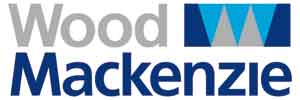 Drilling activity and spend will significantly increase in global deepwater markets over the next decade according to new analysis by
Drilling activity and spend will significantly increase in global deepwater markets over the next decade according to new analysis by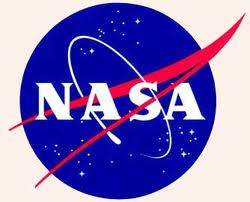 A new fiber-optic monitoring system developed through a Space Act Agreement between NASA and Astro Technology Inc. of Houston is helping to increase safety for workers and reduce the risk of leaks and spills on two oil platforms off the coast of West Africa. The technology also has potential future space exploration applications.
A new fiber-optic monitoring system developed through a Space Act Agreement between NASA and Astro Technology Inc. of Houston is helping to increase safety for workers and reduce the risk of leaks and spills on two oil platforms off the coast of West Africa. The technology also has potential future space exploration applications.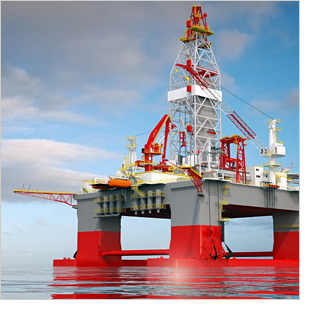 Aker Solutions
Aker Solutions 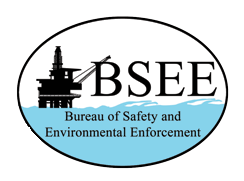 On Tuesday, Bureau of Safety and Environmental Enforcement (BSEE) Director James Watson and U.S. Coast Guard Rear Admiral Joseph Servidio signed a Memorandum of Agreement (MOA) for regulating mobile offshore drilling units (MODU) on the Outer Continental Shelf (OCS). Through this agreement, both BSEE and the U.S. Coast Guard will work together to identify and coordinate responsibilities for the inspection and oversight of MODUs.
On Tuesday, Bureau of Safety and Environmental Enforcement (BSEE) Director James Watson and U.S. Coast Guard Rear Admiral Joseph Servidio signed a Memorandum of Agreement (MOA) for regulating mobile offshore drilling units (MODU) on the Outer Continental Shelf (OCS). Through this agreement, both BSEE and the U.S. Coast Guard will work together to identify and coordinate responsibilities for the inspection and oversight of MODUs.
 McDermott International, Inc.
McDermott International, Inc.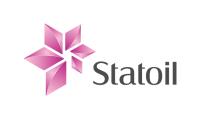 The license partners of Gullfaks and Oseberg Area Unit have acquired two new category J jack-up rigs. The rigs will be owned by the licenses and will contribute to increased recovery and extended field life.
The license partners of Gullfaks and Oseberg Area Unit have acquired two new category J jack-up rigs. The rigs will be owned by the licenses and will contribute to increased recovery and extended field life.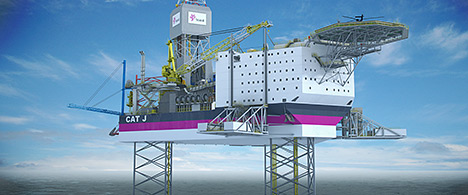
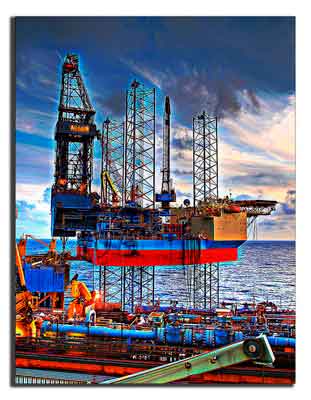 Sea. The contract is expected to commence in August 2013 in direct continuation of its current contract in the UK. The duration of the new contract with DONG Energy is expected to be nine months until June 2014, where the rig after a planned yard stay will commence another five well firm contract with DONG Energy awarded in March 2012 expected to last approximately two years. The estimated value of the new nine month contract is USD 58 million.
Sea. The contract is expected to commence in August 2013 in direct continuation of its current contract in the UK. The duration of the new contract with DONG Energy is expected to be nine months until June 2014, where the rig after a planned yard stay will commence another five well firm contract with DONG Energy awarded in March 2012 expected to last approximately two years. The estimated value of the new nine month contract is USD 58 million. Coastal Energy Company
Coastal Energy Company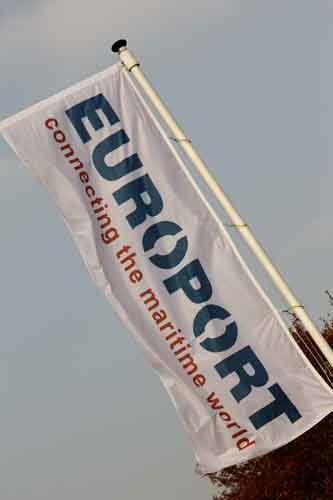 Europort 2013
Europort 2013